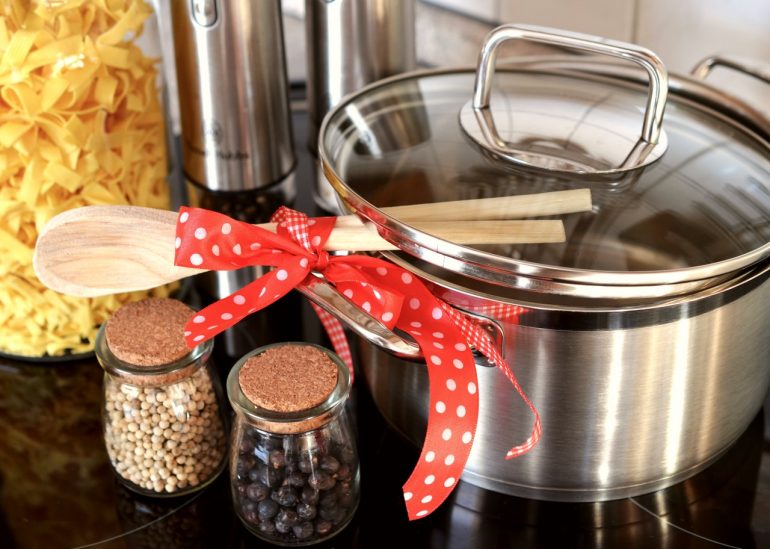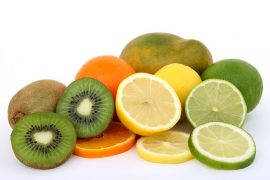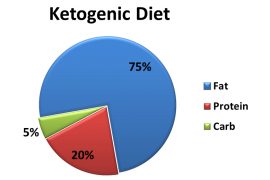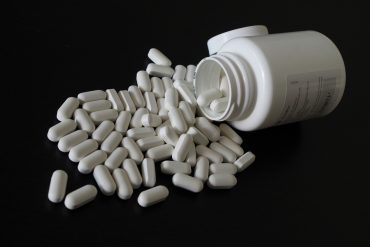The past few decades have brought about a renewed interest in the safety of modern cookware and the role it can play in our health as a species. While there are many ins and outs of choosing proper cooking utensils with future health in mind, it also bears understanding what makes those choices so vitally important in the first place.
At the same time, it’s important to know that like many issues currently under scrutiny by the scientific field, there is always a chance our understanding of materials and how they interact with the human body could vilify or absolve certain elements of our cooking tools in the future. Chances are whatever you cook on will be fine for the most part, but there’s always room to improve which tools we turn to for the sake of our health and the health of the world around us.
Your Cooking Implements Vs. Your Body
Our first instinct when looking into the health benefits and downsides of eco-friendly cookware often falls towards how the materials in our pots and pans interact with our bodies directly. After all, numerous studies have been performed on non-stick surfaces once it became common knowledge that overheated Teflon can cause numerous health issues in small animals, leading to a general panic over how suitable non-stick surfaces happen to be for home kitchen use.
Replicating such drastic results in humans isn’t likely, considering our size and biology versus that of small birds, but it does lead to questions that can be uncomfortable or worrying for those with health-conscious lifestyles. Certain elements found in specific blends of non-stick applications could lead to mild health complications that could be further exacerbated by our food and water sources.
At the same time, it is important to keep in mind that current research into the topic is mixed and progresses at a fairly slow rate, given the absence of large sample sizes in proper studies. After all, non-stick cookware exists not only to stop foods from adhering to a pan, but also to help cut back on the addition of butter, oils and other lubricants that can add to our waistlines more than we might think.
Non-adhesive surfaces are less an issue than unregulated non-adhesive surfaces. Reading a couple of nonstick Scanpan reviews can help you find cooking vessels that are appropriately formulated in an eco-friendly manner. This can help your loved ones from experiencing adverse effects from less well-known applications of non-stick additives.
Finding Environmentally Friendly Pans
The second, and potentially wider-reaching issue, is that not every pan is equal in the eyes of mining and processing. After all, different types of vessels require different mixtures of metals to help your pans reach the stove. Cast iron scores highest in environmental sustainability and has its own host of benefits, especially for people who aren’t fans of washing dishes after cooking.
Yet cast iron has plenty of downsides that lead chefs to look into alternatives. Cooking highly acidic foods in cast iron results in minerals leeching into your dishes for better or worse, depending on how you feel about excess iron. Other forms of cookware also show signs of migrating minerals, which can all lead to a looming sense of confusion about what form of pot will actually get dinner on the table without anyone chewing on a hunk of iron in the process.
In the long run it may not matter as much between contemporary cooking vessel choices, especially between metals like stainless steel and its alternatives. Stainless steel can lead to chromium entering your foods yet not at levels that seem to be dangerous for anyone without a sensitivity, making it a fairly neutral option as long as no lingering health concerns remain.
Instead, it may be wiser to look towards the ecological impact of cookware first and their safety implications second, as most current studies seem to be at a standstill as to the long-term impacts of different mineral intakes. Cast iron may not be ideal for cooking acidic foods but it serves wonderfully as a vessel that can be used in a variety of applications and temperatures without breaking down, which then leads to a longer life cycle and less material waste. The less often your pans break down, the less often you have to buy new ones, after all.
For others it may be easier and healthier to look towards non-stick options to help reduce outside fat or lubrication from the picture. Though few vessels will ever hold the same longevity as cast iron, the health benefits that can come from avoiding the need for a spoonful of lard in each dish could very well make a long-term difference in a different kind of way.
Conclusion
In short there is no one perfect pan or one ideal bit of cookware that will solve every health issue out there but knowing your available options and making an informed decision is still important. After all, healthy cooking and meeting the needs of your kitchen is a far more attractive option than never cooking at all.
About the author:

Amanda Wilks is a writer, contributing author for The Kitchen Advisor, and cooking enthusiast. She enjoys writing about nutrition, healthy eating, and cooking methods. Through her writings, she hopes to inspire others to make smart choices regarding their own diet. Learn more about Amanda on Twitter.






